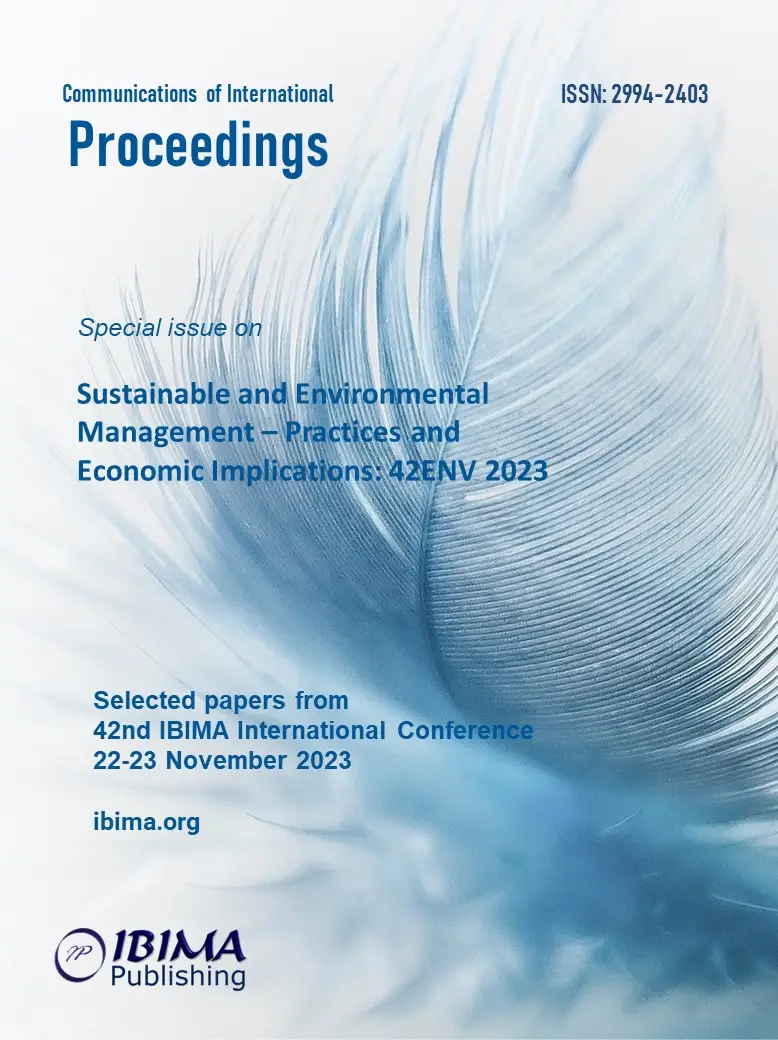
José Luis ROSALES BARRERO and María Elena PALMA MORENO
San Francisco Xavier de Chuquisaca, Sucre, Bolivia

Cement production is responsible for 8% of CO2 emissions globally, consequently, the world’s concern is its reduction and the pollution caused by industry and transportation in the cement sector, research work aimed at cement production cement in a clean and sustainable way are few, however, interest is growing in the scientific community. In this research, the analysis of the state of the art of the cement industry was carried out, using the Scopus bibliographic database, the bibliometric review was carried out with the TEMAC Meta-Analytical Approach methodology that allowed the analysis of articles from the 2015 to 2023 supported with the VOSviewer software for the identification of the most cited authors and topics, all of the above to validate an integrative model and develop a ROADMAP on the reduction of CO2 in the cement industry, seeking sustainability in the industry and forming the Industrial Symbiosis to promote cleaner and more efficient production in the use of resources, digital twin technologies were incorporated into the integrative model as an important element of Industry 4.0 in the cement industry supply chain , management, supervision and simulation supported by AI, IoT, Deep learning and RFID. An important conclusion is that not only the cement industry has the responsibility for CO2 reduction, but it is also the responsibility of all production areas.